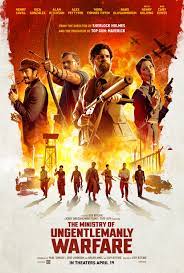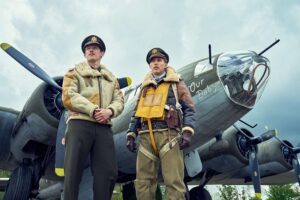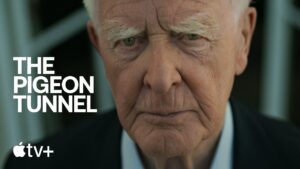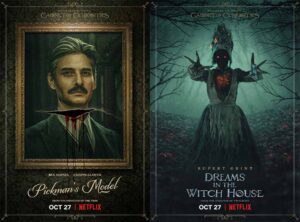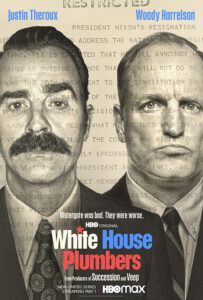.
This past weekend was a two-movie weekend and after seeing Abigail on Friday evening Sunday morning me and my sweetie-wife took in Guy Ritchie’s latest film The Ministry of Ungentlemanly Warfare. (Henceforth referred to as The Ministry.)
The Ministry is a highly fictionalized retelling of Operation Postmaster and early mission by the Special Operations Executive to degrade Nazi U-boat operations in the Atlantic. The supply vessel Duchessa D’Aosta carries vital equipment and provisions for the U-boats and because the ship is in a neutral Spanish harbor off the coast of West Africa a direct military assault could bring Fascist Spain into the war on the Axis side. Instead, a very small team of disreputable agents lead by Gus March-Phillips (Henry Cavill) is sent in to destroy the ship at anchor. Operating out of uniform in in a neutral port if the teams is captured torture and death await them.
From its opening musical score and its poster art The Ministry is like a classic ‘Spaghetti Wester’ melded with a World War II action flick. The heroes all possess fantastic skills and preternatural cool. Plans go awry, the enemy is more skill and numerous that expected, schedules are disrupted and through it all March-Phillips and his team of Nazi killers remain steadfast, committed, and collected.
This is not a movie with deep social commentary or complex questions of morality, it is a romp, a fun couple of hours watching incredible competent men and women handle adversity and challenges in the manor of our fantasies. Aside from the theater’s sound system being way too loud I had a quite enjoyable time with this movie and as long as you do not go in with expectations of reality, I think you will as well.
The Ministry of Ungentlemanly Warfare is currently playing in theaters.
